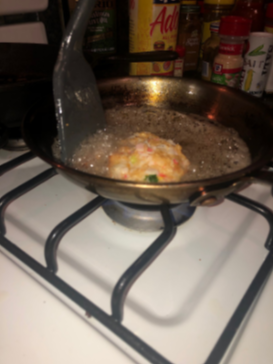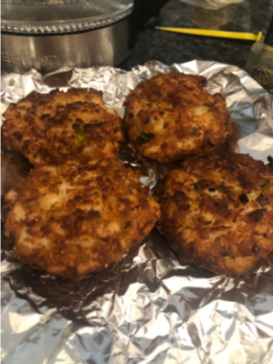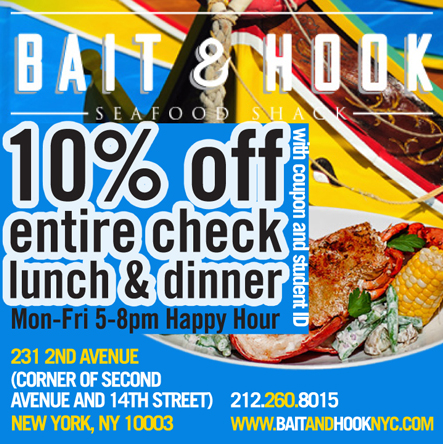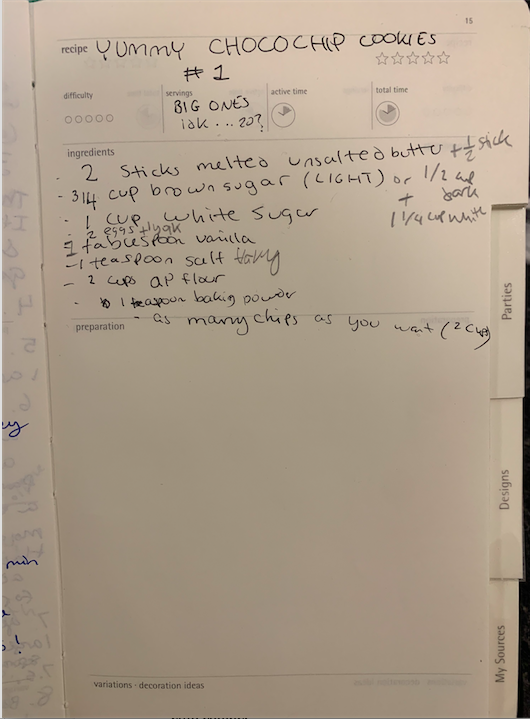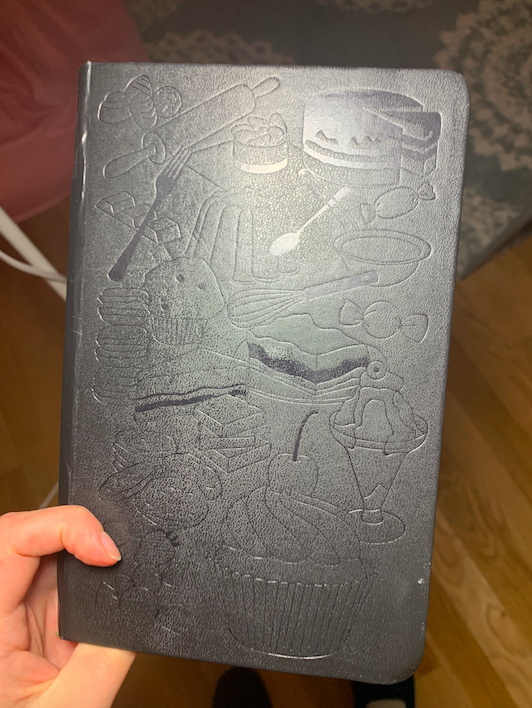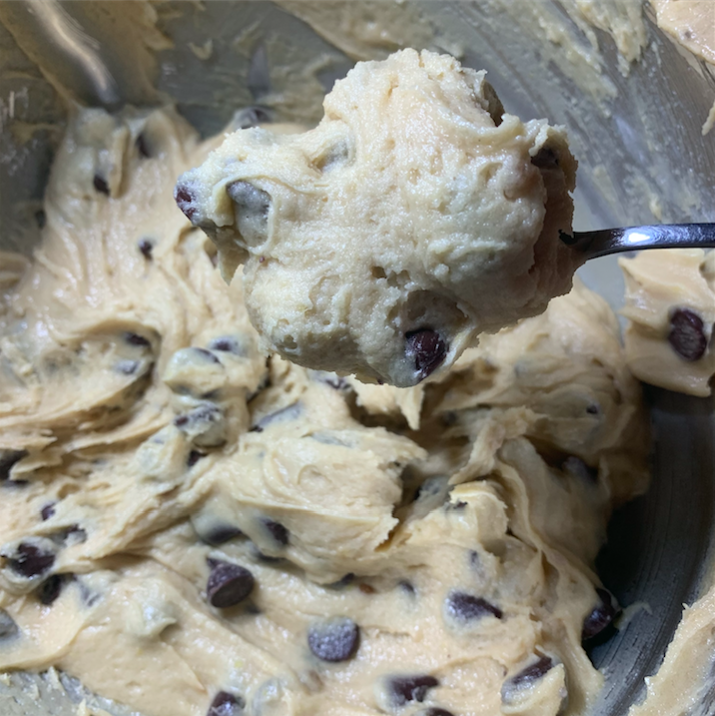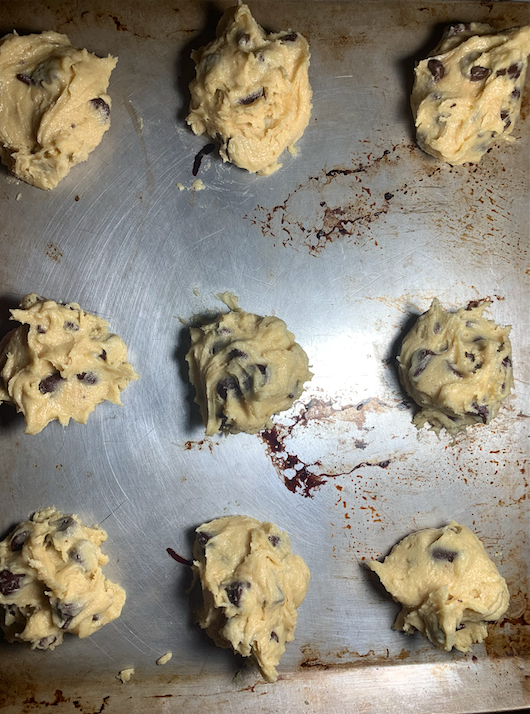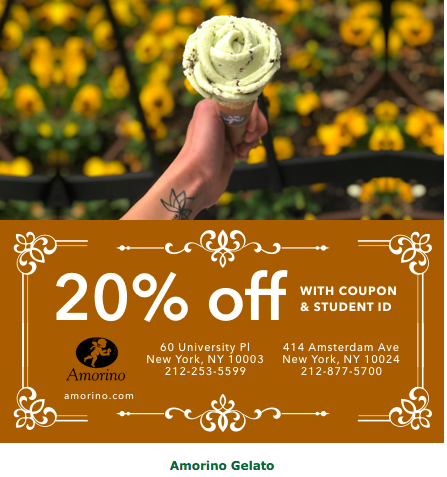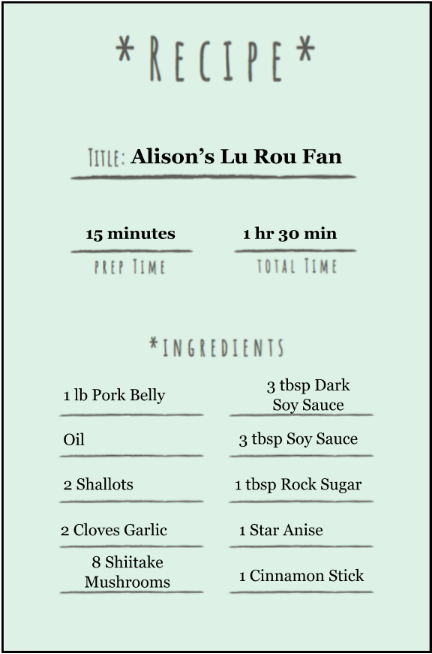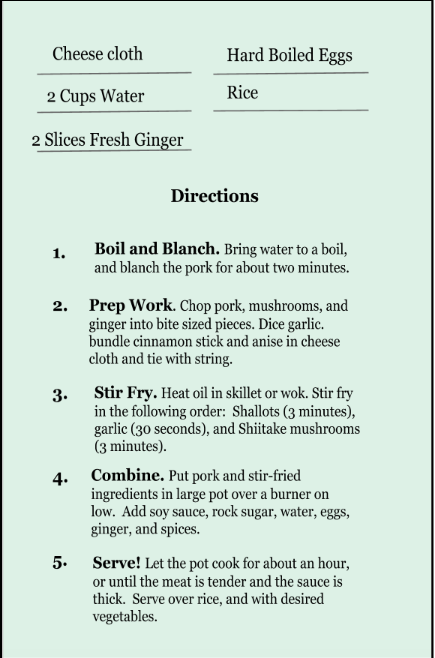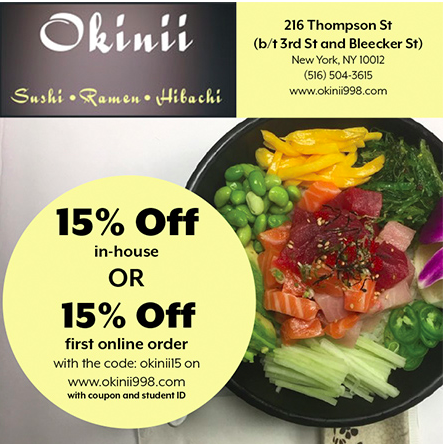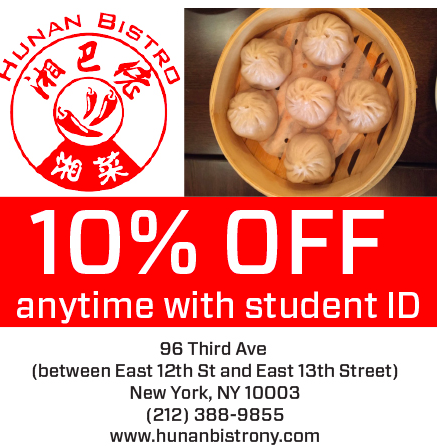Whenever I tell people I’m from California, I usually get a range of surprised and intrigued reactions. “Oh really, Norcal or Socal?” or, “I’ve always wanted to go to LA” are frequent responses. My revelation is usually followed by the disclaimer that I come from the Central Valley, where it isn’t all flashing lights and sunny beaches. With that being said, I’ve always recognized that the Central Valley has a beauty of its own. It’s home to a cornucopia of fruits and vegetables, producing ¼ of the nation’s food according to the U.S Geological Survey. The towns that surround me boast the titles of “Raisin Capital of the World” and “The Nation’s Salad Bowl”. These small towns aren’t as glamorous as big cities like Los Angeles or San Francisco, but they still maintain their own qualities that make them noteworthy.

Social interactivity is another one of California’s endearing qualities. It’s not uncommon to walk down the street and greet other passersby with “goodmorning” or “how are you doing?”. Common courtesy extends to strangers, and hospitality embraces neighbors, friends, and loved ones. The plethora of produce available also functions as a bridge between people, forming and fostering relationships. Looking back on my childhood, I remember going over to my neighbor’s house to pick up fresh eggs and squash from their farm. Other times my neighbor would come over and we would eat cookies together. The sense of community and hospitality was so natural, it was second nature. Little actions like acknowledging each other, saying please and thank you, or gift-giving were customs that I grew up with. These interactions occurred on an individual level and served to foster a greater sense of community statewide. I never noticed that these manners were particular to the region that I grew up in until I left it. I can recall my first time on the subway, and immediately being aware that this wasn’t the place to ask “how’s your day going?”. Even though this would be completely normal in California, over time I’ve adjusted to the unspoken rules of the city.
Accessibility and connection were the things that I took for granted back in California. While I can only describe my personal experience in detail, I know that these feelings are natural and universal. I’ve bonded with so many classmates over reminiscing on the little features of our homes that we miss, most notably our favorite west coast coffee shop: Dutch Bros. However, this nostalgia is not limited to the small, agricultural towns that I’ve described so far. The value in changing one’s environment can apply to city natives as well. In a city like New York, you can especially differentiate your home on the regional scale as opposed to the state scale. A neighborhood like Harlem, which features a median age of 36, is predominately Black, and a median income of $58,489 is starkly different from a neighborhood like Riverdale, Bronx, which has a median age of 41, is predominately White, and a median income of $77,840. The important difference is not based on geography, but rather culture and experiences. By putting yourself in a new position, you’ll learn a lesson that is easier said than done: to not take your home for granted.
Every home has aspects of it that are simply irreplaceable. It’s hard to leave them, but in my opinion it’s necessary. There is so much value from leaving everything you have ever known for something new. Regardless of your upbringing, the experience of moving to a new place with different foods, people, and customs will make you a better person. Not only will you be more knowledgeable about the world, but you’ll be able to appreciate your home from a fresh perspective.
By Thomas Stewart
Thomas currently attends Columbia University and plans to double major in creative writing and human rights. At Columbia Thomas is a staff writer for the City News section of the Columbia Daily Spectator, where he publishes articles that concern the West Harlem community. In his free time, you can find him practicing music or trying new vegetarian recipes.

For over 20 years, the Campus Clipper has been offering awesome student discounts in NYC, from the East Side to Greenwich Village. Along with inspiration, the company offers students a special coupon booklet and the Official Student Guide, which encourages them to discover new places in the city and save money on food, clothing, and services.
At the Campus Clipper, not only do we help our interns learn new skills, make money, and create wonderful e-books, we give them a platform to teach others. Check our website for more student savings and watch our YouTube video showing off some of New York City’s finest students during the Welcome Week of 2015.



